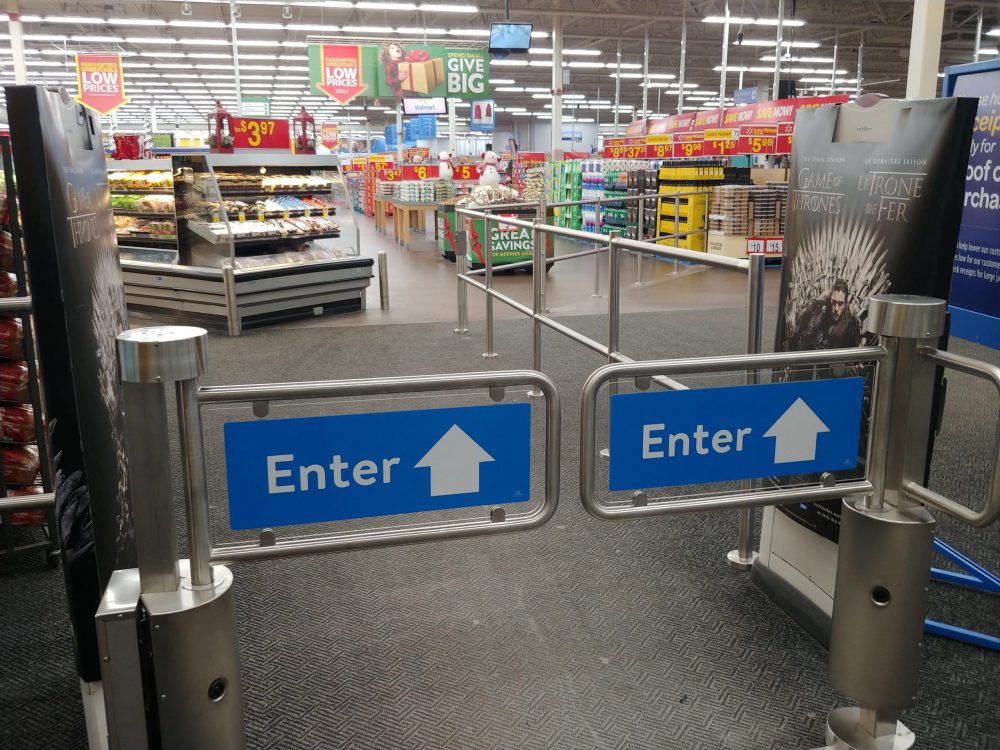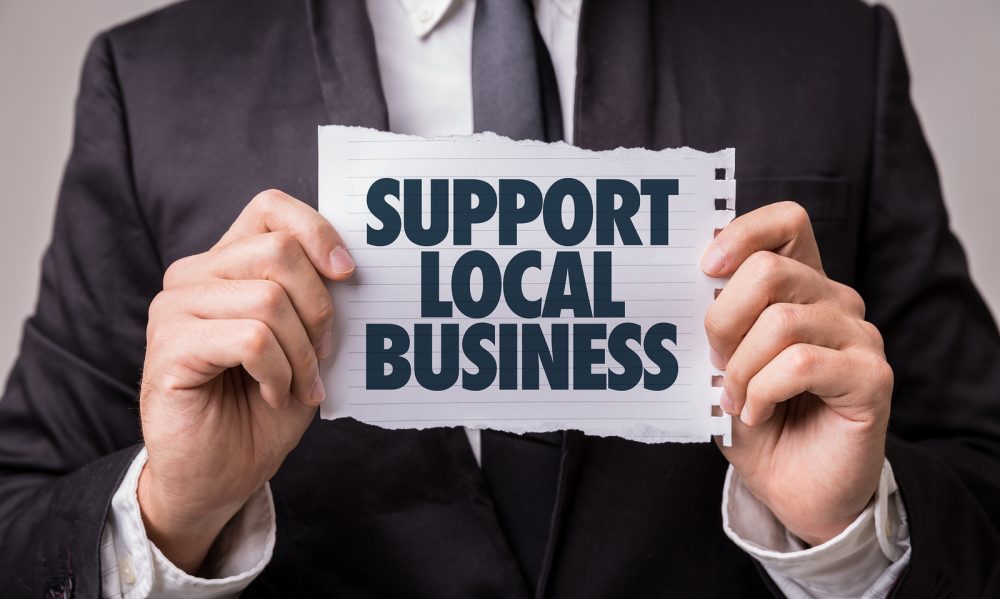When enough is not enough?
Some retailers have fallen under scrutiny and some very direct criticism from local Law Enforcement Officials in the U.S. for not exhausting efforts towards implementing an adequate Loss Prevention program.
They say “the retailer is promoting ease of shoplifting and encouraging crime”. While I do not subscribe to this school of thought because I think every decision is an individual conscience decision – I get where they are coming from.
Likewise, some Unions have expressed some concerns about the safety and security of employees and have pointed the finger to crime, and the criminal element that targets the stores their members work in.
Once again, I don’t think a lesser significant loss prevention program is an open invitation to the wild wild west of crime, but I still get it.
So when is enough just not enough?
It depends.
If you make a statement with signage that you use Security Cameras – they better be working (prompt your in-house counsel to tell you about “vicarious liability”).
If you say “all shoplifters will be prosecuted”, you should have Loss Prevention Investigators prepared to arrest criminals and take them to Court.
But the grey area? What if there is a solution out there from a technology standpoint, and the retailer simply wants to save money and do without?
There may be times when your Loss Prevention program simply does not meet the minimum standards required to be able to say you have exercised due diligence.
That’s the tricky part and it has to do with the various pieces of the Health and Safety legislation that speaks to the employer’s responsibility to create a safe working environment for their employees.
So yes, frankly speaking; if you sell a high-risk product like narcotics or alcohol, there are minimum standards that are sure to be tested in court and found to be necessary. They may include alarms and access control. They may also include some form of robbery prevention protocol. And if there is a technology or security device that can be used to prevent crime, the retailer most definitely must consider adopting that technology.
The Bottom Line is this
Using a Risk Management model assessing probability and impact will at a minimum tell you what is available in the market, and what your exposure might be if you chose not to use it. At that point depending on your risk appetite, it is simply a matter of developing your business case to load up on protecting your assets.

Hello, I'm Stephen O'Keefe. The information you read here is intended to help businesses answer some of the tough questions about everyday events in the retail environment. After spending over 3 decades in this industry we've seen a lot!
Join Bottom Line Matters Today
- Wait – my photocopier has a hard drive??? - May 28, 2024
- Communication – the Key to Profit - May 28, 2024
- What’s the Deal with Security Gates? - February 14, 2024
- We live in a Smart World - June 11, 2021
- Security Gates - April 29, 2020
- Five Considerations before embracing a theft/arrest program - March 12, 2019
- Little Black Book of Scams - December 10, 2018
- Shoptheft Protocol - December 10, 2018
- When all Hell Breaks Loose - November 23, 2018
- What do I need to do to Protect my Business? - November 9, 2018




